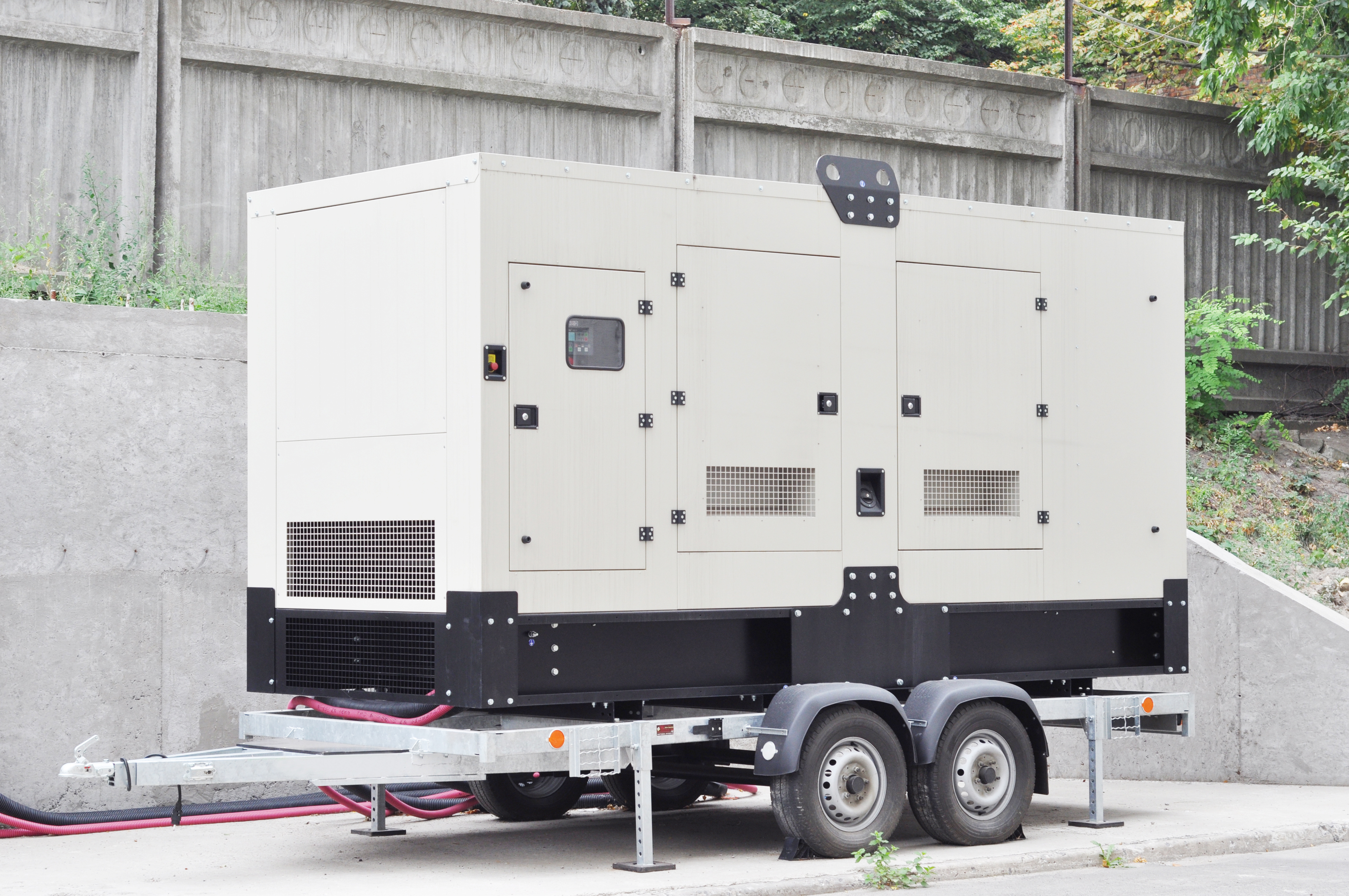Unbeknownst to many, frozen pipes pose a silent yet substantial threat to affordable housing properties nationwide, lurking in concealed and hard-to-reach corners of buildings.
This often-overlooked property risk has far-reaching consequences:
-
Since 2020, HAI Group has handled over 300 water damage claims caused by burst frozen pipes across 34 states, including warm-weather states such as Florida, Georgia, Alabama, Arkansas, Texas, and New Mexico.
-
Accurate through October 2024, these claims have resulted in more than $38.1 million in property damage, averaging over $124,500 per claim.
Frozen pipes cause more than financial damage; they also trigger panicked calls from residents and disrupt water supplies to entire buildings. Contrary to popular belief, this challenge affects properties in harsh and milder winter climates. Inadequate insulation heightens the risk of pipes freezing when temperatures plummet.
One significant example occurred in February 2021, when Texas housing organizations experienced monumental losses from frozen pipes during an unprecedented arctic blast. At least 14 HAI Group policyholder claims from that event exceeded $100,000, with three claims surpassing the million-dollar mark.
Additional costs are incurred when materials such as asbestos drywall and floor tiles used in older properties are damaged by water, as their removal requires specialized abatement. This can lead to prolonged vacancies and income loss.
The size of frozen pipe claims depends on various factors, including the number of units in a building, its architectural profile (high-rise versus single-story), and the location of the burst pipe. The problem is particularly severe when pipes burst on upper floors, causing cascading damage throughout a building.
WATCH: HAI Group Online Training’s frozen pipe prevention training
HAI Group offers a 20-minute online training session on preventing frozen and bursting pipes. Follow the link below to learn more about this course.
View Frozen Pipe Prevention Course
Why do frozen pipes burst?

While frozen pipes may seem like a minor inconvenience at first, they can quickly escalate into a significant issue if they burst, causing widespread water damage. The pressure buildup between the frozen blockage and the closed faucet leads to the rupture, often in areas with little to no ice. Pipes in unheated or lightly insulated spaces are especially vulnerable.
Housing organizations can better prepare by understanding why frozen pipes burst. Let’s explore preventable scenarios, each of which shares a common theme: they are avoidable.
Scenario: Open windows during wet paint drying
After a unit was painted during turnover, workers left windows open to dry the paint. When the temperature unexpectedly dropped, a pipe burst on the seventh floor, causing $700,000 in property damage, including damage to the elevator.
Always close windows during cold snaps to prevent frozen pipes and avoid significant damage.
In January 2024, HAI Group policyholders reported two similar incidents, one resulting in $80,000 in damage and another causing $55,000 in damage due to a window left open in a laundry room.
Scenario: Heating versus freezing balance
Residents in a high-rise building, unable to control their thermostats, opened windows to regulate the heat, resulting in frozen pipes and extensive damage. It's critical to strike a balance between comfortable indoor temperatures and preventing frozen pipes.
It’s also common for residents to turn off the heat when away, which increases the risk of frozen pipes. Housing organizations should remind residents to maintain a minimum temperature of 55 degrees when they leave. Additionally, broken thermostats or HVAC systems should be reported immediately.
Scenario: Design oversights in cold-weather resilience
In a cold-weather state, an architect unfamiliar with freezing climates designed a parking structure with exposed plumbing pipes. When the pipes froze, they caused significant damage. Insulate exposed pipes and install commercial-grade heating units in areas prone to freezing, like fire pump rooms.
Scenario: Neglected vacant properties
Cold weather and vacant properties can be a disastrous combination. In one incident, a frozen pipe in a vacant office being used for storage caused $55,000 in damage when the HVAC system wasn’t switched to heat. Another case involved a burst pipe in a scattered-site property, resulting in total loss. Daily inspections, maintaining heat at 55 degrees, and proper ventilation can help prevent such incidents.
Scenario: Propped open doors
Standpipes in stairwells are particularly vulnerable to freezing when doors are propped open. Create and enforce policies prohibiting this and emphasize the need for staff to monitor properties during freezing temperatures.
Frozen pipe prevention tips: What to do when the temperature drops
Identify and inspect frozen pipes:
-
Check for visible signs: Look for pipes coated in frost or bulging. These are warning signs that the pipe is frozen.
-
Monitor water flow: If water is not flowing from faucets, a pipe is likely frozen somewhere in the building. Take immediate action to prevent pipes from cracking due to pressure.
-
Locate potential problem areas:
-
If water is not running anywhere in the building, a pipe near the water meter may be frozen.
-
If water runs only in some areas, a pipe in an exterior wall or uninsulated space is likely frozen.
-
Inspect drain lines:
-
Be aware that freezing can also extend to building drain lines. This is usually indicated by toilets, sinks, or tubs that stop draining.
-
In severe cold weather, water flowing slowly into a drain pipe can lead to ice buildup, resulting in a frozen or burst drain pipe.
-
Check for leaks: Ensure there are no leaky supply valves or running toilets in the building, as these can exacerbate the freezing problem.
What to do if a pipe burst
-
Shut off the water. Don’t wait until a pipe bursts to find out where the shutoff valve is located.
-
If a pipe bursts near electrical switches or fuse boxes, turn off electricity in that area.
-
Move furniture and other items away from the area to begin the drying-out process.
-
Contact a licensed plumber as soon as possible to remedy the problem.
-
To prevent mold and mildew, remove as much water as possible using a sump pump a wet-dry vacuum, or contact a remediation vendor for assistance.
-
Record all damage and contact your insurance carrier if necessary.
Thaw and monitor frozen pipes
-
Once you have identified frozen pipes, thawing can begin for easily accessible areas.
-
As you thaw the frozen pipe, water and steam will escape through the open faucet. Always start the thawing process nearest the faucet and work your way down to the blockage to help prevent steam from getting trapped in the pipe and building up enough pressure to burst.
-
Locate the shutoff valve for the pipe(s) you are thawing first to ensure you can quickly shut off the water if necessary.
-
Open all faucets as you treat the frozen pipe(s). Water will begin to flow through the frozen area, helping melt the ice.
-
Gradually apply heat to the frozen section of the pipe. Conventional thawing techniques include wrapping pipes in towels soaked in hot water or using an electric heating pad. Never pour boiling water directly on a frozen pipe. Carefully monitor heating; the process should be gradual to avoid pipe damage. Do not use open-flame devices such as a blowtorch or propane heater, as these create fire hazards and can cause the pipe to burst from excessive steam buildup.
-
Do not close the faucets until the pipes thaw completely. Once you can restore full water pressure, turn the taps off, but continue to monitor for leaks.
-
If you cannot locate or access the frozen pipe, contact a licensed plumber immediately to thaw the pipe and prevent further building damage.
Additional Resources:
- Tips for Maintaining Vacant Units and Properties
- Essential Steps to Winterize Your Organization
- How to Prepare Your Organization for Winter Storms
Contact your HAI Group risk control consultant for more resources and answers to your housing organization's risk-related questions.
This article is for general information only. HAI Group makes no representation or warranty about the accuracy or applicability of this information for any particular use or circumstance. Your use of this information is at your own discretion and risk. HAI Group and any author or contributor identified herein assume no responsibility for your use of this information. You should consult with your attorney or subject matter advisor before adopting any risk management strategy or policy.




.png)

